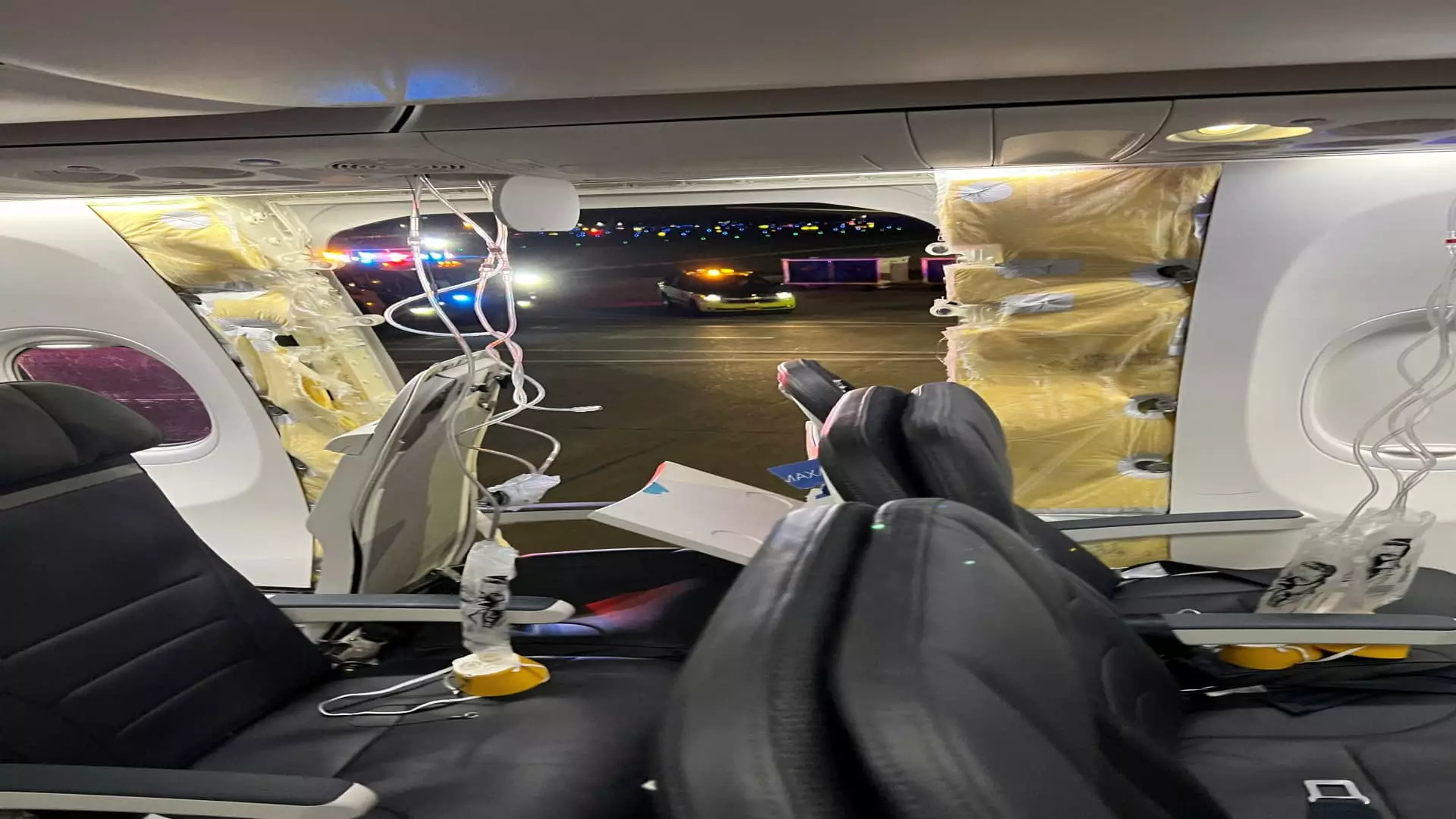The Federal Aviation Administration (FAA) has taken the bold step of ordering airlines to ground more than 170 Boeing 737 Max 9 aircraft for inspections. This move comes in the wake of a recent incident where a panel on one of these aircraft blew out during an Alaska Airlines flight. While no serious injuries were reported, the incident raised serious safety concerns that prompted this emergency airworthiness directive.
The FAA’s directive affects approximately 171 planes globally, including those operated by U.S. airlines and carriers operating within U.S. territory. Alaska Airlines, which experienced the incident firsthand, has already made the decision to ground its entire fleet of Boeing 737 Max 9 planes. Meanwhile, United Airlines, the largest operator of these planes in the U.S., is preparing to ground dozens of its own Boeing 737 Max 9 aircraft for inspections.
Alaska Airlines Flight 1282 had to return to Portland, Oregon shortly after takeoff due to a reported pressurization issue. The incident was captured in images and videos shared on social media, revealing a shocking sight: a gaping hole on the side of the plane. Passengers were seen using oxygen masks as the aircraft made its way back to Portland. The flight was originally bound for Ontario, California.
The FAA has stated that the inspections for each aircraft will take between four and eight hours to complete. This process is crucial to ensure the safety and airworthiness of these planes. It is uncertain how long these inspections will last and when the affected aircraft will be cleared to resume operation. Passengers and industry observers are advised to stay updated with the latest developments regarding this matter.
The grounding of Boeing 737 Max 9 aircraft for inspections is a necessary step to address the safety concerns raised by the recent incident on Alaska Airlines Flight 1282. The FAA’s swift response demonstrates its commitment to ensuring the safety of air travel. Airlines such as Alaska Airlines and United Airlines are cooperating with the directive, prioritizing the well-being of their passengers and crew. As the inspection process unfolds, it is crucial for all stakeholders to remain vigilant and prioritize safety above all else.

Leave a Reply